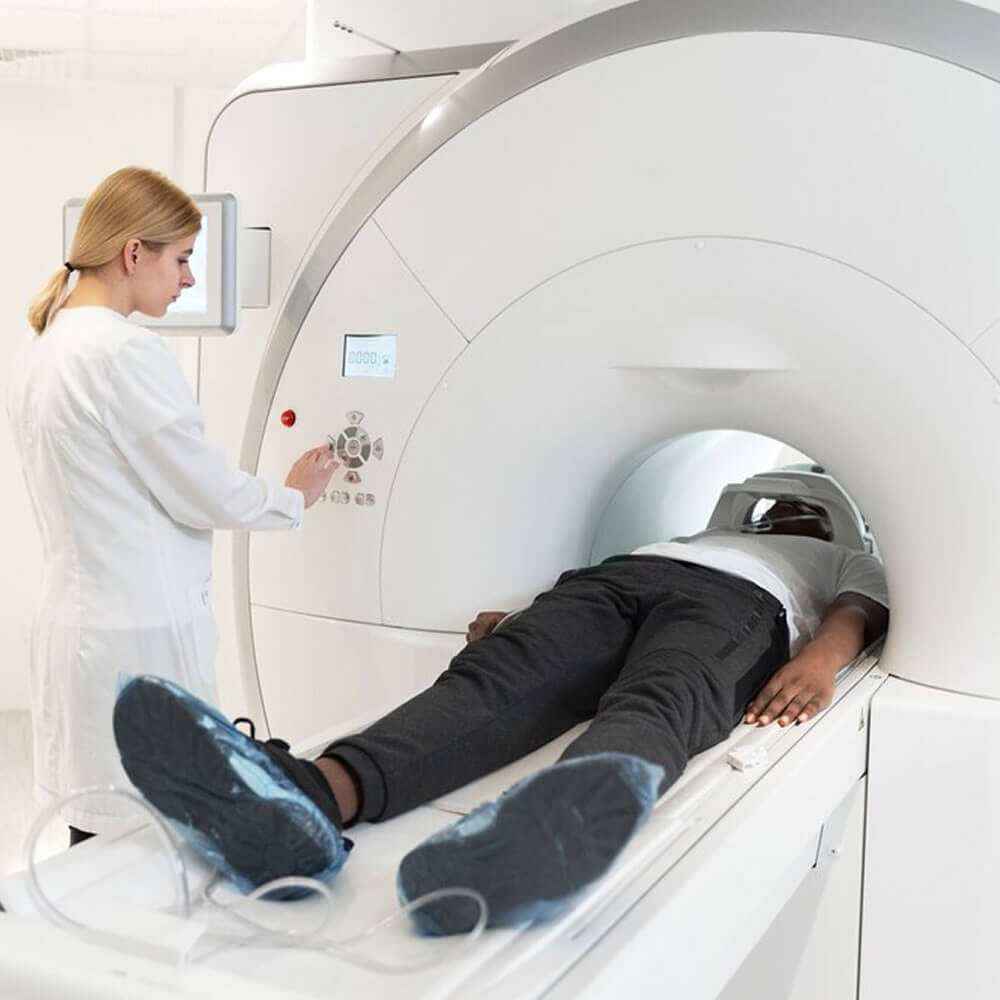Testicular Cancer
The testes are the male reproductive organs that make and store sperm and testosterone. They are located in a pouch below the penis called the scrotum. These vital parts of the male reproductive system are essential for producing sperm and maintaining male hormones.
Testicular cancer occurs when cells that are not normal grow out of control in the testicles, or testes. Testicular cancer involves the rapid division of cancer cells, which form a mass called a tumor. Testicular cancer is highly treatable and usually curable when detected and diagnosed early. In fact, testicular cancer is treated successfully in more than 95 percent of cases according to the National Cancer Institute. Overall, testicular cancer is rare but remains the most common cancer in men between the ages of 20 and 34. Regular testicular self-exams and prompt evaluation by a healthcare provider are key steps to prevent testicular cancer from advancing.






